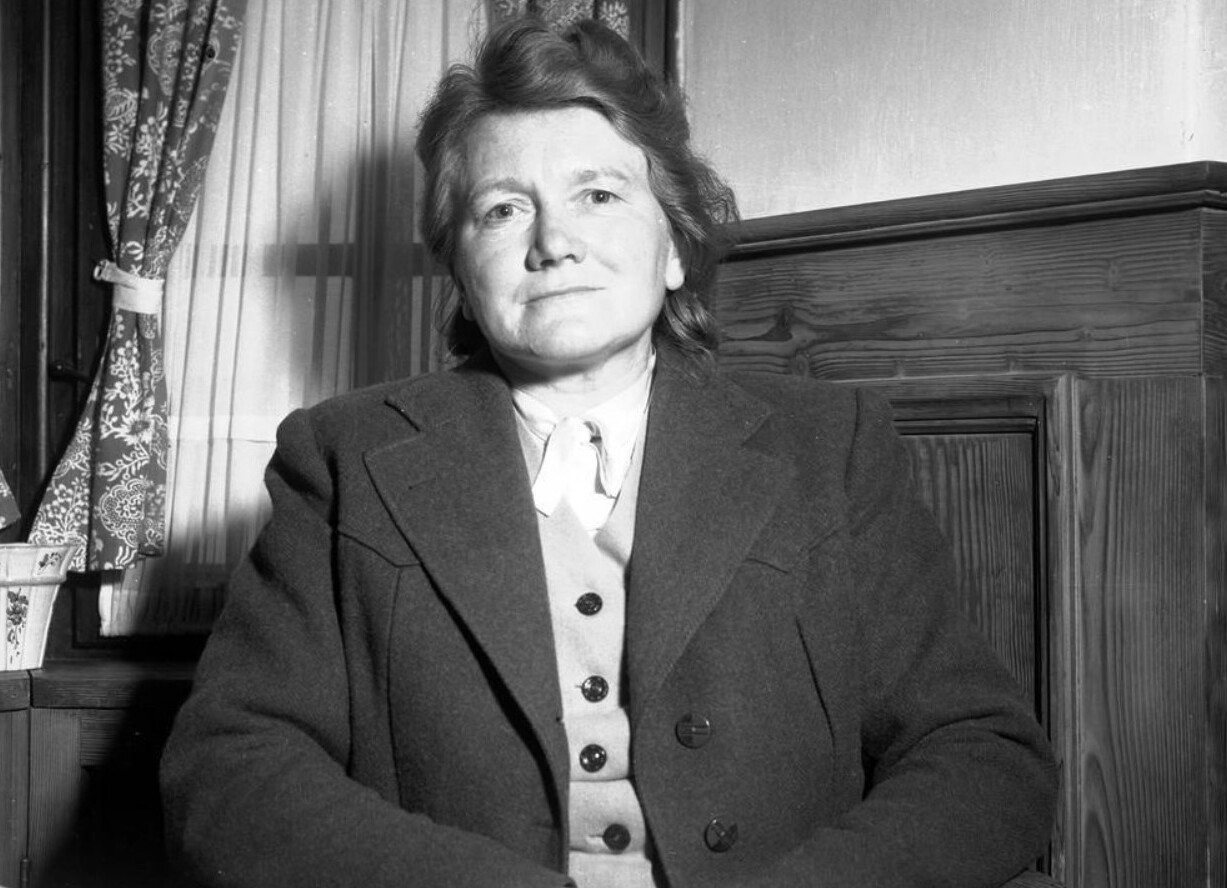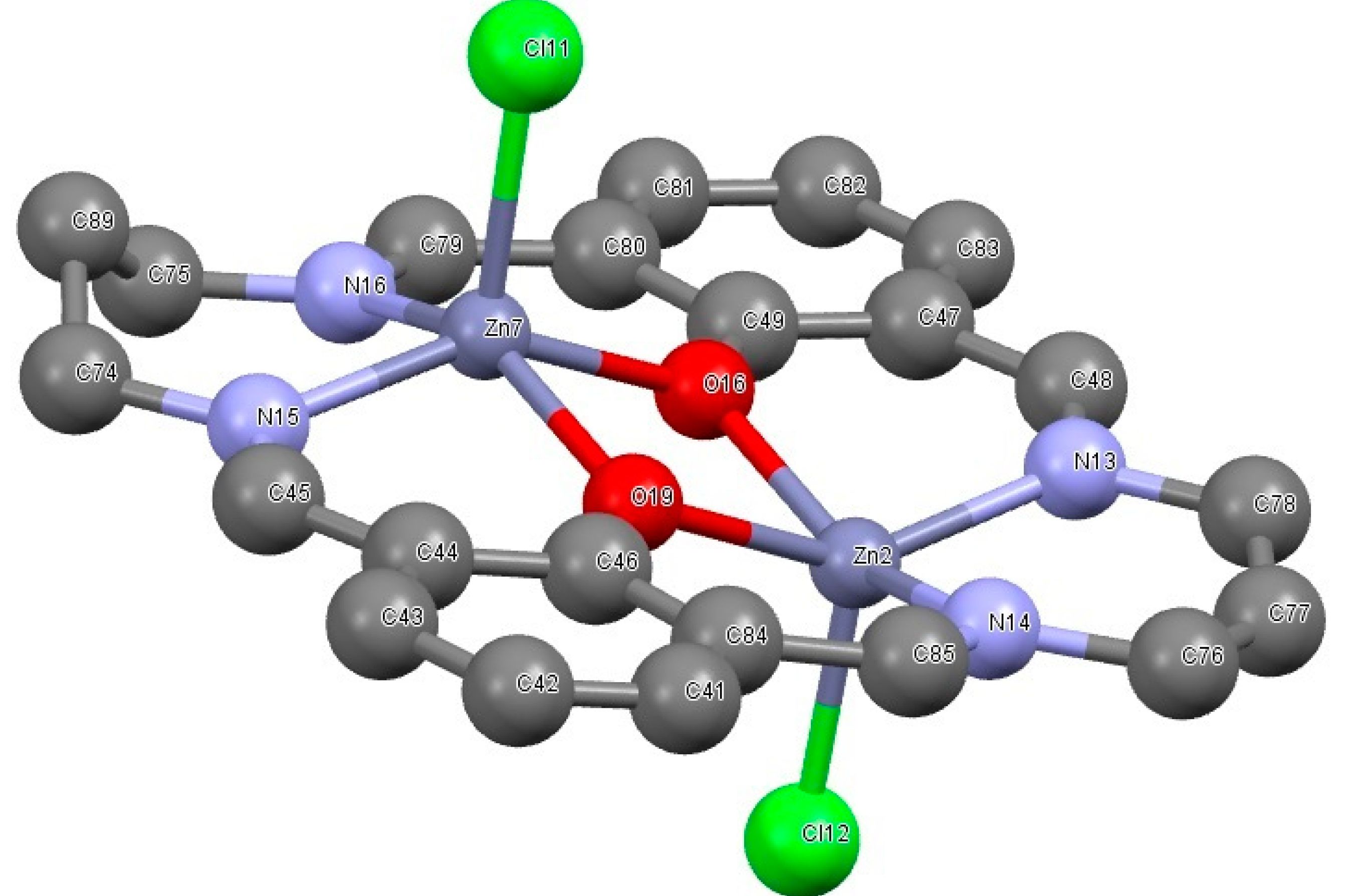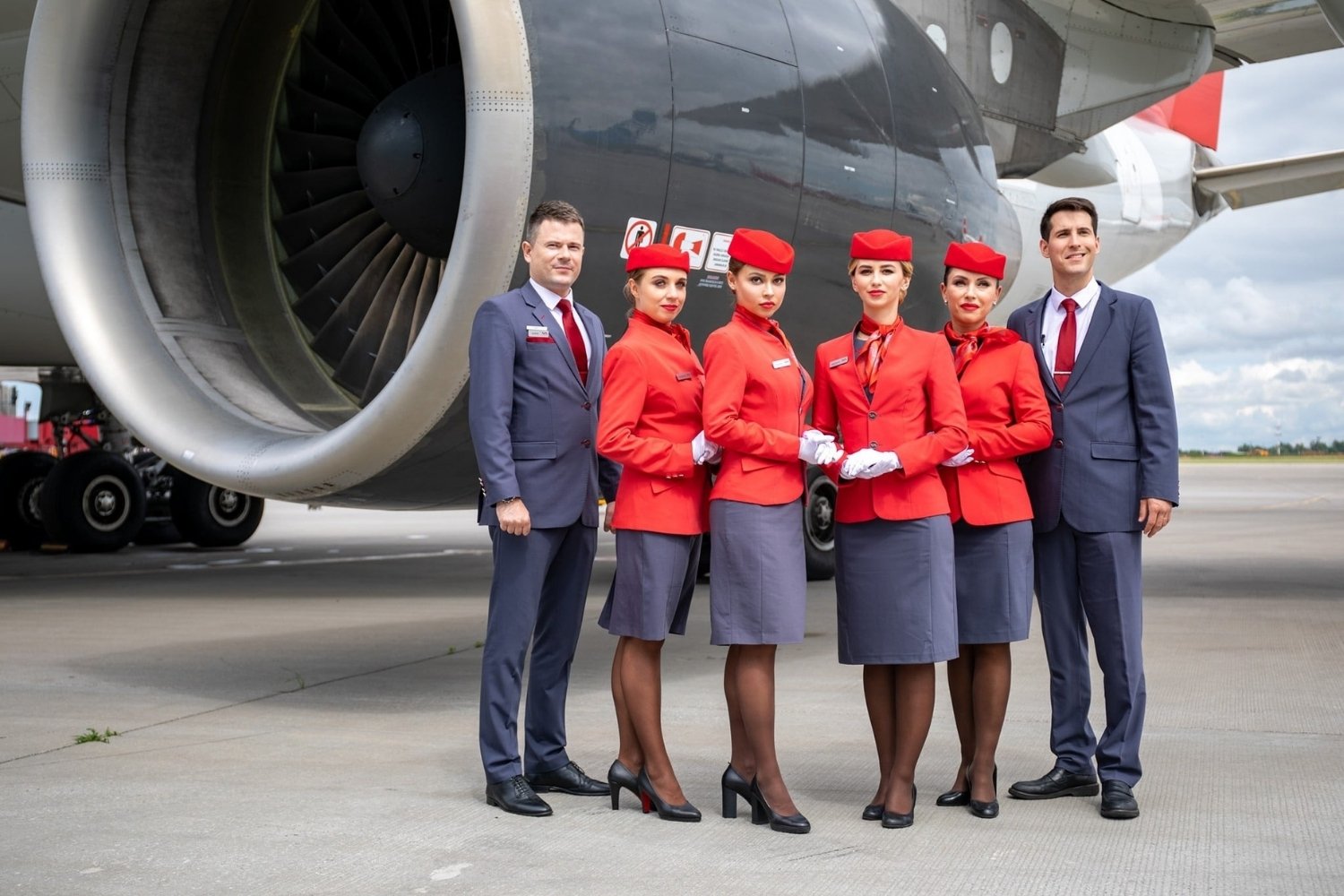
Who was Paula Hitler? Paula Hitler, born on January 21, 1896, was the younger sister of Adolf Hitler. Unlike her infamous brother, Paula led a relatively quiet life, staying out of the political spotlight. She worked as a secretary and lived under an assumed name to avoid public scrutiny. Despite her brother's notoriety, Paula remained loyal to him, even after his death. Her life offers a unique perspective on the Hitler family, shedding light on the lesser-known aspects of their personal lives. Here are 38 intriguing facts about Paula Hitler that reveal more about her background, relationships, and experiences.
Key Takeaways:
- Paula Hitler, the younger sister of Adolf Hitler, lived a quiet life but remained loyal to her infamous brother. Her story offers valuable insights into the personal side of the Hitler family and challenges the notion of absolute evil within a family.
- Despite her connection to one of history's darkest figures, Paula Hitler sought to live a normal life and persevered through numerous challenges. Her loyalty to her brother sparks discussions about family bonds and the complexities of history.
Who Was Paula Hitler?
Paula Hitler, the younger sister of Adolf Hitler, led a life shrouded in mystery. Despite her infamous brother's notoriety, Paula's story remains lesser-known. Here are some intriguing facts about her life.
- 01
Paula was born on January 21, 1896, in Hafeld, Austria. She was the youngest of six children in the Hitler family.
- 02
Her full name was Paula Maria Hitler. She was often called "Paula Wolff" by her brother Adolf, who used the alias "Herr Wolff."
- 03
Paula and Adolf were the only two of their siblings to survive into adulthood. Their other siblings died young due to various illnesses.
- 04
After their mother, Klara Hitler, passed away in 1907, Paula was sent to live with relatives. She was just 11 years old at the time.
- 05
Paula worked as a secretary in Vienna during World War I. She lived a relatively quiet life compared to her brother.
Paula's Relationship with Adolf Hitler
Paula's relationship with her brother Adolf was complex. They had limited contact during their adult lives, but she remained loyal to him.
- 06
Paula last saw Adolf in person in 1938. Despite their infrequent meetings, she continued to support him.
- 07
She received financial support from Adolf throughout his rise to power. He provided her with a monthly allowance.
- 08
Paula was aware of her brother's political activities but claimed to have no involvement in them. She maintained a low profile during the Nazi regime.
- 09
After World War II, Paula was interrogated by American forces. She denied any knowledge of the Holocaust or her brother's war crimes.
- 10
Paula lived under the alias "Paula Wolff" to avoid public scrutiny. She kept a low profile to distance herself from her brother's legacy.
Paula's Life After World War II
Following the war, Paula faced numerous challenges. She struggled to rebuild her life amidst the shadow of her brother's infamy.
- 11
Paula was briefly detained by American forces in 1945. She was released after it was determined she had no significant involvement in Nazi activities.
- 12
She moved to Vienna after her release. Paula lived in relative obscurity, working various jobs to support herself.
- 13
Paula never married or had children. She lived alone for most of her life.
- 14
She received a small pension from the Austrian government. This was her primary source of income in her later years.
- 15
Paula passed away on June 1, 1960, in Berchtesgaden, Germany. She was 64 years old.
Lesser-Known Facts About Paula Hitler
Despite her connection to one of history's most infamous figures, Paula's life had many lesser-known aspects.
- 16
Paula was an avid reader. She enjoyed literature and often spent her free time reading books.
- 17
She had a passion for painting. Paula created several artworks, although none gained significant recognition.
- 18
Paula was deeply religious. She remained a devout Catholic throughout her life.
- 19
She rarely spoke about her brother in public. Paula preferred to keep her thoughts and feelings about Adolf private.
- 20
Paula's health declined in her later years. She suffered from various ailments, including heart problems.
Paula's Legacy
Paula Hitler's legacy is complex. While she lived in the shadow of her brother, her life offers a unique perspective on the Hitler family.
- 21
Paula's story is often overshadowed by Adolf's. However, her life provides valuable insights into the personal side of the Hitler family.
- 22
Historians have debated Paula's knowledge of her brother's actions. Some believe she was aware but chose to remain silent.
- 23
Paula's letters to Adolf have been preserved. These letters offer a glimpse into their relationship and her thoughts during the Nazi era.
- 24
She was buried in the Bergfriedhof Cemetery in Berchtesgaden. Her grave remains a point of interest for historians and visitors.
- 25
Paula's life has been the subject of several biographies. These works aim to shed light on her experiences and relationship with Adolf.
Paula's Impact on History
While Paula Hitler did not play a direct role in historical events, her life and experiences provide context to the Hitler family's story.
- 26
Paula's existence challenges the notion of absolute evil within a family. Her life shows the complexities and nuances of familial relationships.
- 27
Her loyalty to Adolf raises questions about family bonds. Paula's unwavering support for her brother, despite his actions, is a topic of interest for psychologists and historians.
- 28
Paula's life highlights the impact of historical events on individuals. Her experiences reflect the broader consequences of World War II on ordinary people.
- 29
Paula's story is a reminder of the human side of history. It emphasizes the importance of understanding personal narratives within larger historical contexts.
- 30
Her life has inspired various fictional works. Authors and filmmakers have used Paula's story to explore themes of loyalty, family, and morality.
Final Thoughts on Paula Hitler
Paula Hitler's life remains a subject of fascination and debate. Her story, intertwined with one of history's darkest periods, offers a unique perspective on the human experience.
- 31
Paula's life was marked by tragedy and loss. She endured the deaths of her siblings and the burden of her brother's legacy.
- 32
Despite her connection to Adolf, Paula sought to live a normal life. She worked ordinary jobs and maintained a low profile.
- 33
Paula's story is a testament to resilience. She faced numerous challenges but continued to persevere.
- 34
Her relationship with Adolf remains a topic of intrigue. Paula's loyalty and support for her brother, despite his actions, continue to spark discussions.
- 35
Paula's life is a reminder of the complexities of history. It highlights the importance of understanding individual experiences within broader historical narratives.
- 36
Historians continue to study Paula's life. Her story provides valuable insights into the personal side of the Hitler family.
- 37
Paula's legacy is a mix of obscurity and intrigue. While she lived in the shadow of her brother, her life offers a unique perspective on history.
- 38
Paula Hitler's story is a poignant reminder of the human side of history. It emphasizes the importance of understanding personal narratives within larger historical contexts.
Final Glimpse at Paula Hitler
Paula Hitler's life remains a lesser-known chapter in history. Despite being Adolf Hitler's sister, she led a relatively quiet existence. Born in 1896, Paula lived through both World Wars, witnessing immense changes in Germany. Her relationship with her brother was complex, marked by periods of separation and brief reunions. After World War II, Paula distanced herself from her brother's legacy, living under an alias in Austria until her death in 1960.
Her story offers a unique perspective on the Hitler family, shedding light on the personal side of a notorious figure. Paula's life, though overshadowed by her brother's actions, provides valuable insights into the era's social and familial dynamics. Understanding her experiences helps paint a fuller picture of history, reminding us that even those close to infamous individuals have their own stories worth telling.
Frequently Asked Questions
Was this page helpful?
Our commitment to delivering trustworthy and engaging content is at the heart of what we do. Each fact on our site is contributed by real users like you, bringing a wealth of diverse insights and information. To ensure the highest standards of accuracy and reliability, our dedicated editors meticulously review each submission. This process guarantees that the facts we share are not only fascinating but also credible. Trust in our commitment to quality and authenticity as you explore and learn with us.


